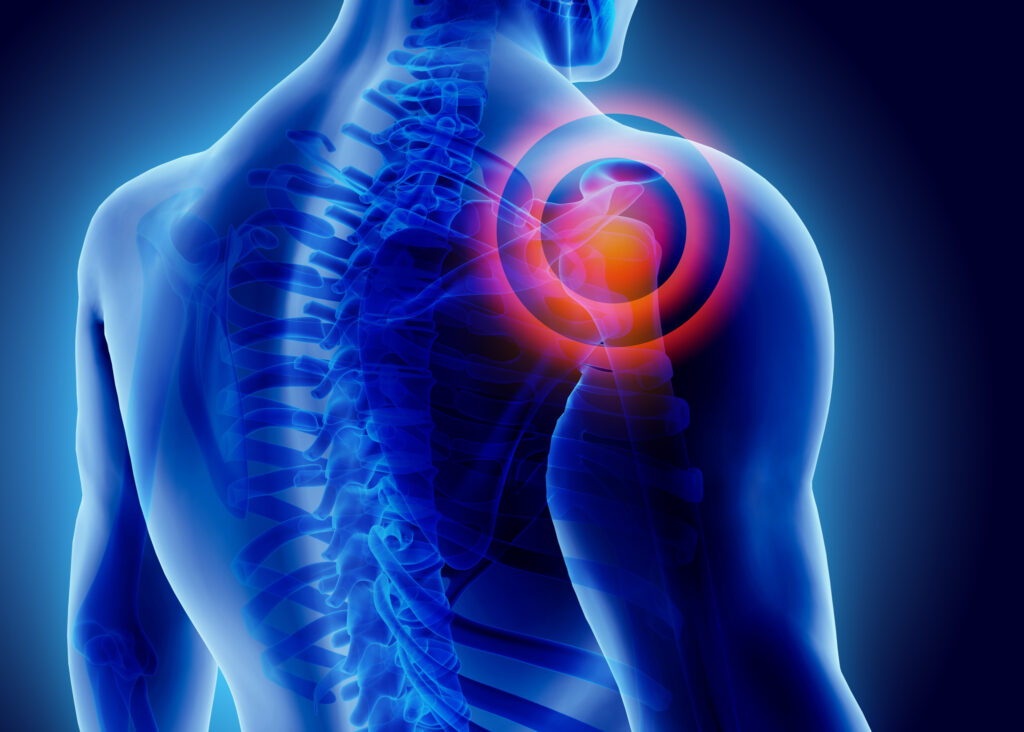The landscape of tissue engineering and regenerative medicine for rotator cuff injuries has witnessed remarkable advancements over the past two decades. A recent study dedicated to this evolving field provides a comprehensive bibliometric analysis of 758 research articles, shedding light on trends, developments, and key research themes from 2003 to 2023. Conducted by a team of researchers including Zhen Yang, Qiyuan Lin, Yudi Niu, Mengze Sun, Fanfan Zhou, Jianhao Lin, and Dan Xing, this research offers invaluable insights into the dynamic nature of this niche yet significant area of medical science.
The study utilized advanced visualization methodologies and analytical tools such as VOSviewer, CiteSpace, and GraphPad Prism to glean insights from the extensive database of the Web of Science Core Collection. The outcome is a meticulous examination of the historical evolution, general characteristics, and key literature surrounding tissue engineering and regenerative medicine applied to rotator cuff injuries.
A striking finding from the analysis is the consistent upward trajectory in the number of publications related to this field, indicating growing interest and research activity. Notably, the contributions from the United States, China, and South Korea have been pivotal in shaping the course of research in this area. The authors identified ten specific research subdomains, which include fatty infiltration, tears, shoulder pain, tendon repair, and the intricate role of the extracellular matrix (ECM) and platelet-rich plasma growth factors.
The keywords that frequently emerged in the literature, such as “mesenchymal stem cells,” “repair,” and “platelet-rich plasma,” highlight their critical importance in advancing research and clinical applications in tissue engineering and regenerative medicine. These findings underscore the evolving understanding of biological mechanisms and innovative therapeutic strategies aimed at improving outcomes for patients with rotator cuff injuries.
This bibliometric analysis serves not only as a reflection of past advancements but also as a roadmap for future research directions. By identifying prevailing trends and emerging hotspots, the study provides essential guidance for researchers looking to explore new avenues within this field. The construction of a knowledge map through this research lays the groundwork for ongoing exploration and innovation in tissue engineering and regenerative medicine.
As the study illustrates, the journey of research in this area is far from over. With advancements in technology and a better understanding of biological systems, the potential for developing effective treatments for rotator cuff injuries is promising. The authors have successfully illuminated the path forward, paving the way for future explorations that could lead to breakthroughs in patient care and recovery.
In conclusion, the research conducted by Zhen Yang, Qiyuan Lin, Yudi Niu, Mengze Sun, Fanfan Zhou, Jianhao Lin, and Dan Xing is a testament to the vibrant and evolving nature of tissue engineering and regenerative medicine for rotator cuff injuries. As we move into a new era of medical research, the insights gained from this analysis will undoubtedly guide future investigations, ultimately enhancing the quality of care for individuals affected by these challenging injuries.


